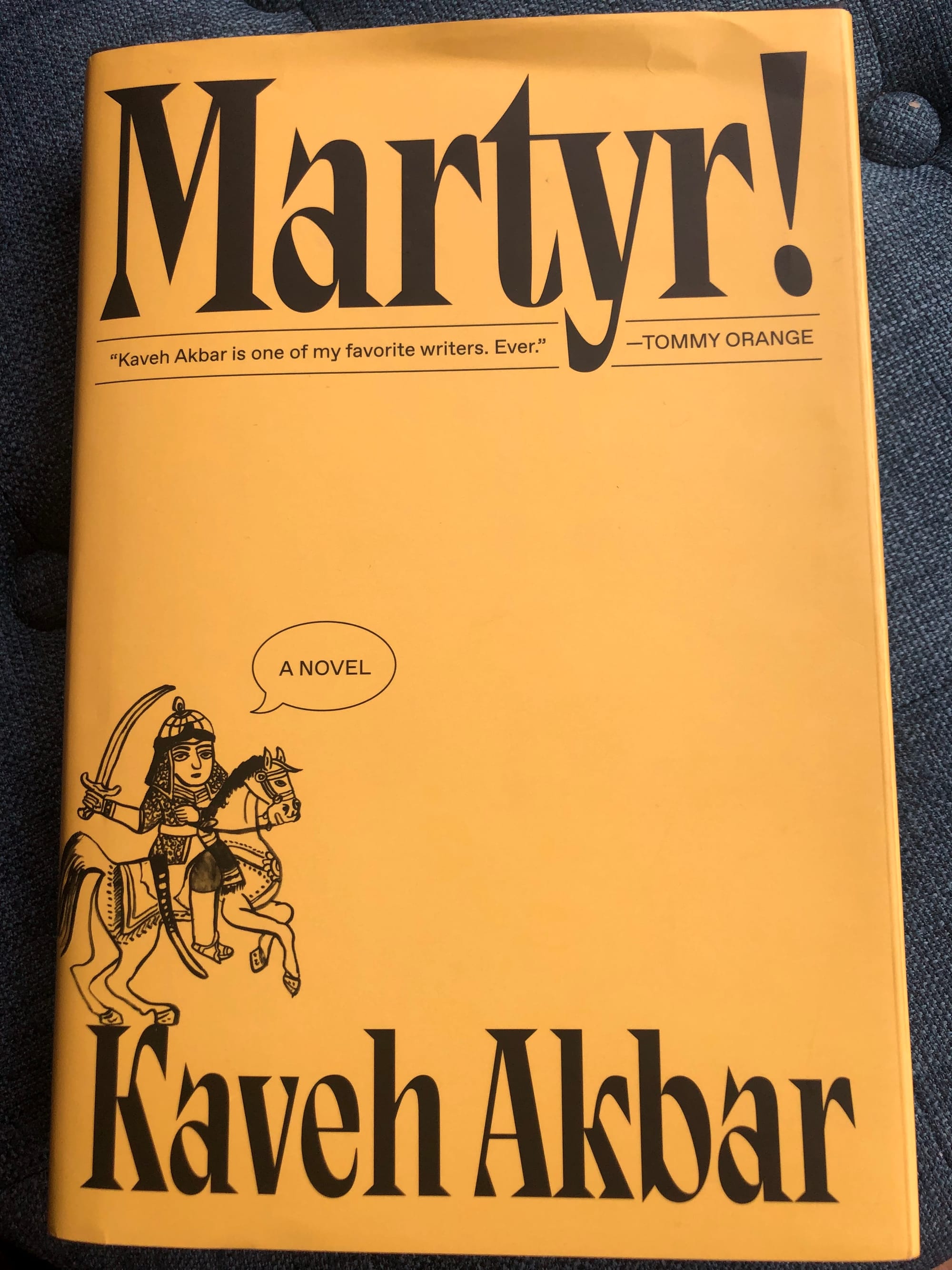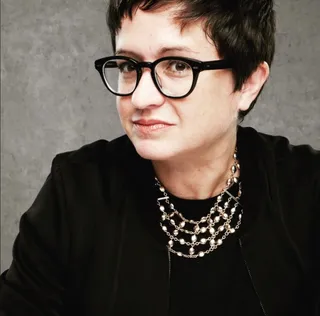Bunny Mellon and Balenciaga

Last week I went to see the superb Cristobal Balenciaga exhibit at SCAD Fash. It was interesting – or perhaps eyebrow-raising – to learn that philanthropist Bunny Mellon used to order four sets of Balenciaga’s seasonal collections so she could have one ready for her in each of her homes.

For the record: I have four pairs of the same black leggings from J Crew.
At any rate, it was hard for me to wrap my head around being able to fill my closets as Bunny once did. I posted about this on my Instagram account, and then I realized that maybe not everyone even knew who Bunny Mellon was. So let me introduce you to her…
Born in 1910, Rachel “Bunny” Lambert was the granddaughter of a Missouri pharmacist who gained renown when he began marketing a surgical antiseptic called Listerine as mouthwash in 1895. Listerine really took off in the 1920s though, when Bunny’s father Gerard took over his father’s company and recognized that he could boost sales with an ad campaign claiming that bad breath was holding you back from all the good things in life.
Seven years after Gerard started pushing these ads, the company’s revenues shot from $115,000 to $8 million.
Though it has been said that Bunny wanted to become a stage designer, her father did not expect her to be anything but a woman who married and entertained well. College was out. So she married twice, the second time to Paul Mellon, one of the world’s richest men. Together they donated more than $600 million to various institutions, among them Virginia Tech, the Nature Conservancy, and the National Gallery of Art.
From a New York Times review of Meryl Gordon’s 2017 book, Bunny Mellon: The Life of an American Style Legend:
“Together, they collected art and entertained presidents and British royalty, but they were often apart. He bred race horses; she cultivated miniature topiary trees. He was analyzed by Jung; she consulted psychics. Most of all, Bunny Mellon devoted her attention to landscaping, interior design, jewelry and haute couture. Hubert de Givenchy was an intimate friend. She was a perfectionist – she asked Cristobal Balenciaga to design her gardening clothes – with an eye for the just-so imperfection, be it a frayed antique chair or an overgrown garden path.”
Though she could be extravagant and, yes, buy Balenciaga collections in fours, she also believed that nothing should be noticed. According to Gordon’s book, Mellon used to order her staff to remove all of the broken chips from the bags of Lay’s before serving them to guests, and rake piles of grass in the yard so they’d appear “kind of farm-y” to guests. An amateur gardener and horticulturist, Mellon also had flowers and vegetables from her farm in Upperville Va. flown to friends around the country.
“The real difference between rich and regular people is that the rich serve such marvelous vegetables,” said author Truman Capote, whom Mellon counted as one of her friends, to the degree that anyone could. “Little fresh born things, scarcely out of the earth. Little baby corns, little baby peas, little lambs that have been ripped out of their mothers’ wombs.”
Mellon went about her life quietly, privately, and that endeared her to First Lady Jacqueline Kennedy, who was equally discreet. In 1961, President Kennedy enlisted Mellon, to redesign the White House Rose Garden so he could host state dinners and other events just outside the Oval Office. Her work was completed in 1962. Four years later, Mrs. Kennedy gave Mellon a scrapbook full of photographs, dried flowers and letters about her work. Jackie wrote that her husband would “always be remembered” for this garden, before adding on the next page “as you will be too.”
Not everything was roses and good taste. As private as she was, Mellon donated nearly $3 million to John Edwards’ 2008 presidential campaign, $725,000 of which the campaign used to keep his mistress Rielle Hunter and their baby a secret. Smitten with Edwards, Mellon apparently wasn’t upset that he was being unfaithful to his wife, who was dying of cancer. She was more put off when he asked her for millions for an antipoverty foundation after the fact. After her death in 2014, a five-day sale of her possessions netted $218 million, all of which went to the horticultural research center at her Virginia farm.
Mellon’s granddaughter-in-law Rickie Niceta, who was Melania Trump’s social secretary at the White House, lamented the sale of Mellon’s things, saying they were a sign of the emptiness she must have felt being a rich – and philandering – man’s wife. Though she hasn’t made any appearances in the FX series “Feud: Capote vs the Swans” yet, she wouldn’t be at all out of place in the series, which recounts how Capote betrayed the confidences of a group of high society women when he published a thinly veiled account of their lives in Esquire Magazine.
Writing in the LA Review of Books about Meryl Gordon’s book, Susan Zakin noted that it wasn’t clear to her why Mellon merited a 460-page tome with a huge index.
“Certainly, Bunny Mellon had good taste, but the striking thing about Mellon, cruel as it sounds, is that she wasn’t particularly interesting,” Zakin wrote.
Sadly enough, Mellon herself agreed.

What I'm reading right now: Martyr! by Kaveh Akbar. Cyrus Shams has been through it, let's just say, and he's doing his level best to come to terms with the meaning of life – and death. I am almost done with this book, and would love for someone else to read it too so I can talk to them about the magic on these pages. Amazing writing, imaginative storytelling, an imperfect hero. I'm here for it, and think you should be too.
What I'm watching right now: FX's Feud: Capote vs. the Swans. This is an eight-part limited series about Capote's falling-out with these high society women in New York City. It's Truman Capote at his worst and it's painful to watch him make such terrible decisions, left and right, one of them being his betrayal of these women he called friends in print. Not that they were saints, either. Episode three was last night, and it was a slight reprieve (and I mean slight) from all the horrible preceding it because it featured his infamous Black and White Ball in 1966. The show is based on Laurence Leamer's book Capote's Women: A True Story of Love, Betrayal, and a Swan Song for an Era.
What about you? Read anything good? Seen anything good? Heard anything good? Let me know in comments. I'd love to hear what you're up to, too! See you next week!
Paige Bowers Newsletter
Join the newsletter to receive the latest updates in your inbox.

